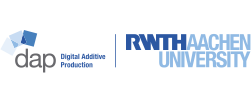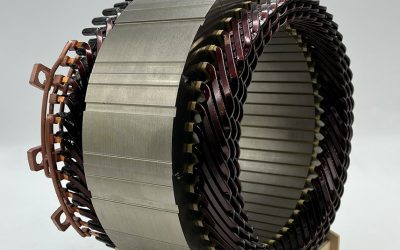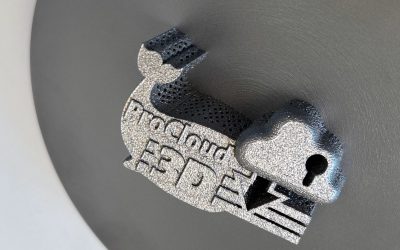Inventing the Future of Additive Manufacturing
We educate
tomorrow´s proficient
We research
into all vertical and horizontal elements of the Additive Manufacturing process chain
We support
you in mastering your fundamental Additive Manufacturing challenges
Our Mission
Viable Solutions for Tomorrow’s Industry!
Additive Manufacturing (AM), also known as 3D printing, uses computer-aided design to build objects layer by layer, thereby processing metal, polymer or ceramic materials. This contrasts with traditional manufacturing, which cuts, drills, and grinds away unwanted excess from a solid piece of material.
We are experts in answering basic and application-specific questions related to Additive Manufacturing (AM) as well as product and production digitalization. Our goal: to permanently strengthen and advance the developing and the manufacturing industry. For this reason, we research and develop viable solutions for a sustainable implementation of Additive Manufacturing (AM) in the process chains of a wide range of industries. To this end, we consider all horizontal and vertical elements of the AM process chain as well as interfaces in between: from digitalization and production networking to materials and manufacturing to post-processing and quality assurance.
Chair News
Additive Manufacturing and Digitalization News
Up to date at any time: latest dates and news from the DAP chair
E-Motor Study: PEM and Partners Produce Stator Demonstrator
Press Release PEM RWTH Aachen, April 11th 2024 E-Motor Study: PEM and Partners Produce Stator DemonstratorWith numerous partners from industry, the Chair of Production Engineering of E-Mobility Components (PEM) of RWTH Aachen University has achieved the first goal of...
Powder to the People: BlendAM’s Vision for Streamlining Alloy Development
Next Level Alloy Development Powder to the People: BlendAM’s Vision for Streamlining Alloy Development Imagine a future where creating complex and high-strength alloys starts with a simple mixing of powders. That future is being crafted today, thanks to the BlendAM...
ProCloud3D: Developing a Cloud-Based Platform for Secure Decentralized Additive Manufacturing
Press Release, March 20th 2024 ProCloud3D: Developing a Cloud-Based Platform for Secure Decentralized Additive ManufacturingIn a German-Chinese project consortium, the Chair Digital Additive Production DAP at RWTH Aachen University has developed the architecture for a...
Experience Additive Manufacutring
Our Research
Our chair has access to more than 3200 m2 of laboratory space for its AM research. More than 120 talented and motivated employees research on more than 25 systems for metal-based AM and 15 systems for polymer-based AM. From digitalization and production networking to materials and manufacturing to post-processing and quality assurance: Our equipment covers the entire AM process chain.
Training and Teaching
Everything about
Studies, Training,
Internships and BFD
Would you like to gain practical experience in a future-oriented environment? Explore Additive Manufacturing at our chair: for example, as part of your studies, a Federal Volunteer Service (BFD) or an apprenticeship!
This picture shows a component that was developed in one of our projects together with Kueppers Solutions GmbH.



